Author Photo And Bio
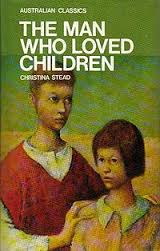 1. The Man Who Loved Children by Christina Stead (1940). Stead said that writing this novel “was like escaping jail,” and one feels that great cathartic sweep as the dark side of family life unreels through astonishing scenes pitting Sam Pollit, the egotistical father “who loves children,” against his wife Henny, a household hetaera subject to rages, or his fourteen-year-old daughter Louisa, a precocious, hulking girl whose break for freedom crowns the book. Though this novel is semiautobiographical, Stead transforms personal revenge against her own outsized father into revelation.
1. The Man Who Loved Children by Christina Stead (1940). Stead said that writing this novel “was like escaping jail,” and one feels that great cathartic sweep as the dark side of family life unreels through astonishing scenes pitting Sam Pollit, the egotistical father “who loves children,” against his wife Henny, a household hetaera subject to rages, or his fourteen-year-old daughter Louisa, a precocious, hulking girl whose break for freedom crowns the book. Though this novel is semiautobiographical, Stead transforms personal revenge against her own outsized father into revelation.
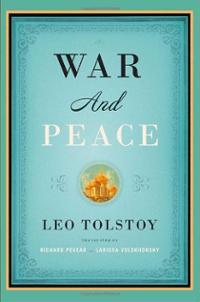 2. War and Peace by Leo Tolstoy (1869). Mark Twain supposedly said of this masterpiece, “Tolstoy carelessly neglects to include a boat race.” Everything else is included in this epic novel that revolves around Napoleon’s invasion of Russia in 1812. Tolstoy is as adept at drawing panoramic battle scenes as he is at describing individual feeling in hundreds of characters from all strata of society, but it is his depiction of Prince Andrey, Natasha, and Pierre —who struggle with love and with finding the right way to live —that makes this book beloved.
2. War and Peace by Leo Tolstoy (1869). Mark Twain supposedly said of this masterpiece, “Tolstoy carelessly neglects to include a boat race.” Everything else is included in this epic novel that revolves around Napoleon’s invasion of Russia in 1812. Tolstoy is as adept at drawing panoramic battle scenes as he is at describing individual feeling in hundreds of characters from all strata of society, but it is his depiction of Prince Andrey, Natasha, and Pierre —who struggle with love and with finding the right way to live —that makes this book beloved.
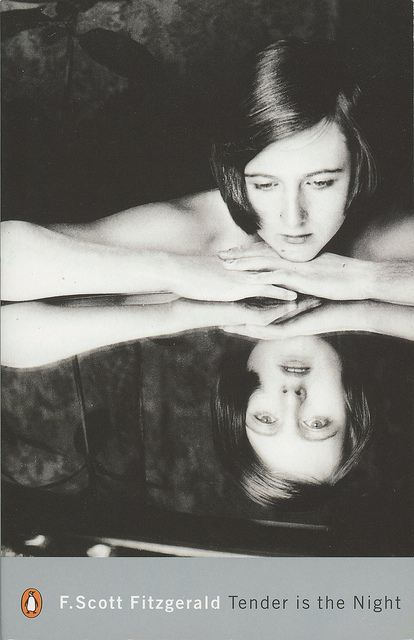 3. Tender Is the Night by F. Scott Fitzgerald (1934). The heartbreaking, semiautobiographical story of two expatriate Americans living in France during the 1920s: a gifted young psychiatrist, Dick Diver, and the wealthy, troubled patient who becomes his wife. In this tragic tale of romance and character, her lush lifestyle soon begins to destroy Diver, as alcohol, infidelities, and mental illness claim his hopes. Of the book, Fitzgerald wrote, “Gatsby was a tour de force, but this is a confession of faith.”
3. Tender Is the Night by F. Scott Fitzgerald (1934). The heartbreaking, semiautobiographical story of two expatriate Americans living in France during the 1920s: a gifted young psychiatrist, Dick Diver, and the wealthy, troubled patient who becomes his wife. In this tragic tale of romance and character, her lush lifestyle soon begins to destroy Diver, as alcohol, infidelities, and mental illness claim his hopes. Of the book, Fitzgerald wrote, “Gatsby was a tour de force, but this is a confession of faith.”
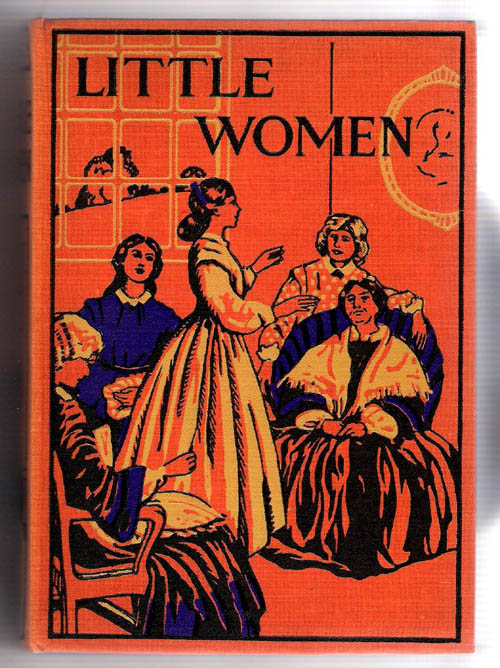 4. Little Women by Louisa May Alcott (1868). Meg, Jo, Beth, and Amy: for girls who grew up reading about these four sisters, the names run together as readily as John, Paul, George, and Ringo. Maybe the magic of foursomes explains this novel’s enduring appeal. Readers get their pick of heroines: motherly Meg, harum-scarum Jo, goodness-personified Beth, or naughty Amy. Cared for by their saintly mother, Marmee, while their father is away fighting in the Civil War, the sisters get into scrapes, go on larks, find love, and suffer loss. It’s the ultimate bildungsroman for girls. (Dew adds: May seem silly, but it was my first experience of death —I was ten years old.)
4. Little Women by Louisa May Alcott (1868). Meg, Jo, Beth, and Amy: for girls who grew up reading about these four sisters, the names run together as readily as John, Paul, George, and Ringo. Maybe the magic of foursomes explains this novel’s enduring appeal. Readers get their pick of heroines: motherly Meg, harum-scarum Jo, goodness-personified Beth, or naughty Amy. Cared for by their saintly mother, Marmee, while their father is away fighting in the Civil War, the sisters get into scrapes, go on larks, find love, and suffer loss. It’s the ultimate bildungsroman for girls. (Dew adds: May seem silly, but it was my first experience of death —I was ten years old.)
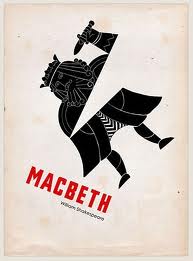 5. Macbeth by William Shakespeare (1606). The shortest of Shakespeare’s tragedies, Macbeth runs along at breakneck speed, elevating Macbeth from Thane of Glamis to Thane of Cawdor to King of Scotland in two brief acts. It explores the psychology of ambition, abetted by supernatural forces, as Macbeth and his wife — one of the few successful marriages in the Shakespearean canon — engineer the murder of King Duncan and Macbeth’s usurpation of the Scottish throne. The pleasures of kingship are rare and brief, however, as the past comes to haunt the future, in ways obscurely prophesied by three witches, and Macbeth is brought down with a terrible swiftness matched only by the speed of his ascent.
5. Macbeth by William Shakespeare (1606). The shortest of Shakespeare’s tragedies, Macbeth runs along at breakneck speed, elevating Macbeth from Thane of Glamis to Thane of Cawdor to King of Scotland in two brief acts. It explores the psychology of ambition, abetted by supernatural forces, as Macbeth and his wife — one of the few successful marriages in the Shakespearean canon — engineer the murder of King Duncan and Macbeth’s usurpation of the Scottish throne. The pleasures of kingship are rare and brief, however, as the past comes to haunt the future, in ways obscurely prophesied by three witches, and Macbeth is brought down with a terrible swiftness matched only by the speed of his ascent.
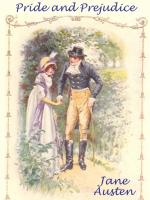 6. Pride and Prejudice by Jane Austen (1813). “It is a truth universally acknowledged, that a single man in possession of a good fortune must be in want of a wife,” reads this novel’s famous opening line. This matching of wife to single man —or good fortune —makes up the plot of perhaps the happiest, smartest romance ever written. Austen’s genius was to make Elizabeth Bennet a reluctant, sometimes crabby equal to her Mr. Darcy, making Pride and Prejudice as much a battle of wits as it is a love story.
6. Pride and Prejudice by Jane Austen (1813). “It is a truth universally acknowledged, that a single man in possession of a good fortune must be in want of a wife,” reads this novel’s famous opening line. This matching of wife to single man —or good fortune —makes up the plot of perhaps the happiest, smartest romance ever written. Austen’s genius was to make Elizabeth Bennet a reluctant, sometimes crabby equal to her Mr. Darcy, making Pride and Prejudice as much a battle of wits as it is a love story.
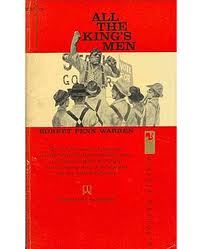 7. All the King’s Men by Robert Penn Warren (1946). In perhaps the most famous American political novel, Warren tracks the unsentimental education of Jack Burden, an upper-class, college-educated lackey to Willie Stark, the populist governor of Louisiana (whom Warren modeled on Huey Long). Burden spirals into self-loathing as he learns how political sausage is made, then finds a moral compass after Stark’s assassination —all told in a bleak poetry that marries Sartre and Tennessee Williams.
7. All the King’s Men by Robert Penn Warren (1946). In perhaps the most famous American political novel, Warren tracks the unsentimental education of Jack Burden, an upper-class, college-educated lackey to Willie Stark, the populist governor of Louisiana (whom Warren modeled on Huey Long). Burden spirals into self-loathing as he learns how political sausage is made, then finds a moral compass after Stark’s assassination —all told in a bleak poetry that marries Sartre and Tennessee Williams.
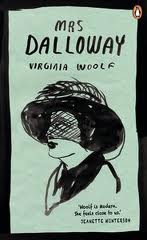 8. Mrs. Dalloway by Virginia Woolf (1925). This masterpiece of concision and interior monologue recounts events in the life of Clarissa Dalloway, a delicate, upper-class London wife and mother, as she prepares for a party at her home on a single day in June 1923. In a parallel subsidiary plot, a shell-shocked World War I veteran Clarissa encounters spirals into suicide rather than submit to soul-stealing experimental psycho therapy. The novel explores questions of time, memory, love, class, and life choices through Woolf’s intricate melding of points of view and powerful use of flashback.
8. Mrs. Dalloway by Virginia Woolf (1925). This masterpiece of concision and interior monologue recounts events in the life of Clarissa Dalloway, a delicate, upper-class London wife and mother, as she prepares for a party at her home on a single day in June 1923. In a parallel subsidiary plot, a shell-shocked World War I veteran Clarissa encounters spirals into suicide rather than submit to soul-stealing experimental psycho therapy. The novel explores questions of time, memory, love, class, and life choices through Woolf’s intricate melding of points of view and powerful use of flashback.
 9. Alice’s Adventures in Wonderland by Lewis Carroll (1865). Young Alice follows a worried, hurrying White Rabbit into a topsy-turvy world, where comestibles make you grow and shrink, and flamingoes are used as croquet mallets. There she meets many now-beloved characters, such as the Mad Hatter, the Cheshire Cat, and the Queen of Hearts, in this linguistically playful tale that takes a child’s-eye view of the absurdities of adult manners.
9. Alice’s Adventures in Wonderland by Lewis Carroll (1865). Young Alice follows a worried, hurrying White Rabbit into a topsy-turvy world, where comestibles make you grow and shrink, and flamingoes are used as croquet mallets. There she meets many now-beloved characters, such as the Mad Hatter, the Cheshire Cat, and the Queen of Hearts, in this linguistically playful tale that takes a child’s-eye view of the absurdities of adult manners.
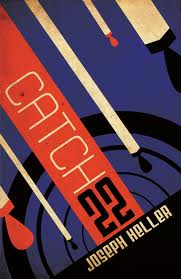 10. Catch-22 by Joseph Heller (1962). After flying forty-eight missions, Yossarian, a bomber pilot in World War II, is going crazy trying to find an excuse to be grounded. But the military has a catch, Catch 22, which states, (a) a sane man must fight, unless (b) he can prove he is insane, in which case (a) must apply —for what sane person doesn’t want to avoid fighting? This novel is a congery of appallingly funny, logical, logistical, and mortal horrors. It defined the cultural moment of the 1960s, when black humor became America’s pop idiom.
10. Catch-22 by Joseph Heller (1962). After flying forty-eight missions, Yossarian, a bomber pilot in World War II, is going crazy trying to find an excuse to be grounded. But the military has a catch, Catch 22, which states, (a) a sane man must fight, unless (b) he can prove he is insane, in which case (a) must apply —for what sane person doesn’t want to avoid fighting? This novel is a congery of appallingly funny, logical, logistical, and mortal horrors. It defined the cultural moment of the 1960s, when black humor became America’s pop idiom.